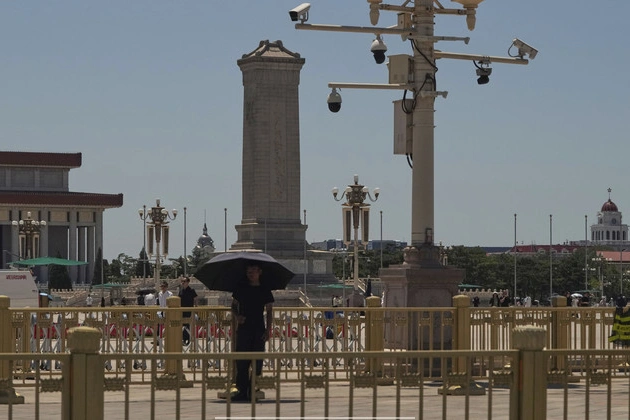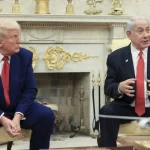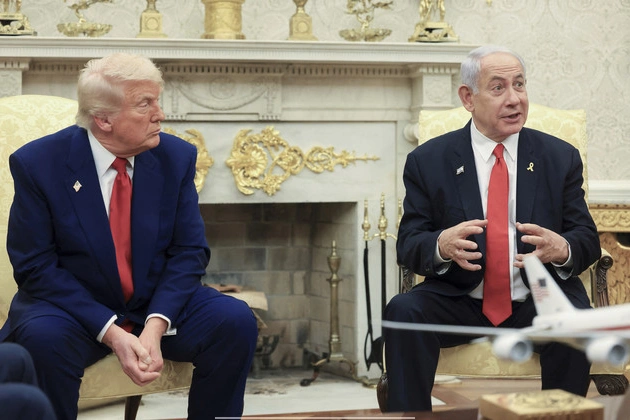
China’s Tiananmen Square holds a tumultuous history that highlights the suppression of pro-democracy movements and the ongoing struggle for remembrance. On the 36th anniversary of the tragic crackdown in 1989, the ruling Communist Party’s efforts to erase this event from collective memory were evident. Security was tight around the square, reflecting the party’s desire for silence.
The 1989 Crackdown
Tiananmen Square, once a symbol of student-led protests for freedom, saw a brutal end with military intervention. The decision to use force marked a turning point in modern China’s trajectory, emphasizing the party’s control over political dissent. Despite calls for accountability by groups like the Tiananmen Mothers, the government’s stance remains unchanged.
Global Commemorations
While China suppresses any mention of the crackdown, other nations remember the event differently. Embassies in Beijing post commemorations that are later censored, reflecting the global impact of this historical moment. Hong Kong’s vigil tradition, now disrupted, symbolizes the broader crackdown on dissent in the region.
Taiwan’s Stance
In Taiwan, where large gatherings still commemorate June 4, the contrast with China’s authoritarian regime is stark. President Lai Ching-te emphasizes Taiwan’s democratic values and the importance of preserving historical truths. Taiwan’s transition to democracy stands in contrast to China’s continued suppression of dissent.
Continued Resistance
Despite efforts to silence dissent, individuals across regions continue to resist forgetting. From candlelight vigils in Taipei to online appeals for justice, the memory of Tiananmen Square lives on. Each act of remembrance is a form of resistance against authoritarian attempts to erase history.











